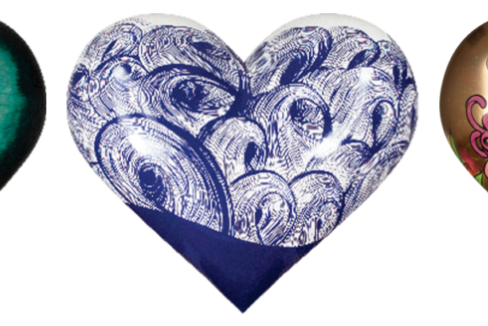7 Top Insights Nonprofits Can Borrow from Management Guru Peter Drucker
 If you’ve never read management and marketing guru Peter Drucker, you must. I fell in love with him early on in my nonprofit career, and still regularly draw upon his wisdom. It hasn’t aged; he was ahead of his time, and remains a worthy sage for ours.
If you’ve never read management and marketing guru Peter Drucker, you must. I fell in love with him early on in my nonprofit career, and still regularly draw upon his wisdom. It hasn’t aged; he was ahead of his time, and remains a worthy sage for ours.
1. Goals
Perhaps the most important thing I learned from Drucker was you must begin with the “why” question. What is your purpose?
“It is defined by the want the customer satisfies when she buys a product or service.”
You want to think about your purpose both broadly and narrowly. But not so broadly as to only be talking about your category. The fact you’re a human services agency, school, arts organization or environmental charity does not answer the question: “What would happen if you ceased to exist?”
Most founders do not wake up one day with the epiphany “I want to start a nonprofit.” They have more explicit goals related to solving specific problems. “I want to provide homeless people with access to showers.” “I want to offer equine therapy to kids with disabilities.” “I want to find a cure for this degenerative disease my kid has.” And so on.
If a customer has no soap to buy, they can’t get clean. If a homeless person has no shower or toilet available, they can’t get clean. Whether the business is for- or non-profit, the sought-after impact is cleanliness – and all the ways being clean makes people feel, think and behave. Goals that answer the “why” question are focused on impact. People don’t buy what you do; they buy why you do it.
Know your existential why — the meaningful impact you want to make — in order to build a plan to reach that goal.
TAKE-AWAY #1:
A goal worth meeting is one other people share. Find out:
Details



